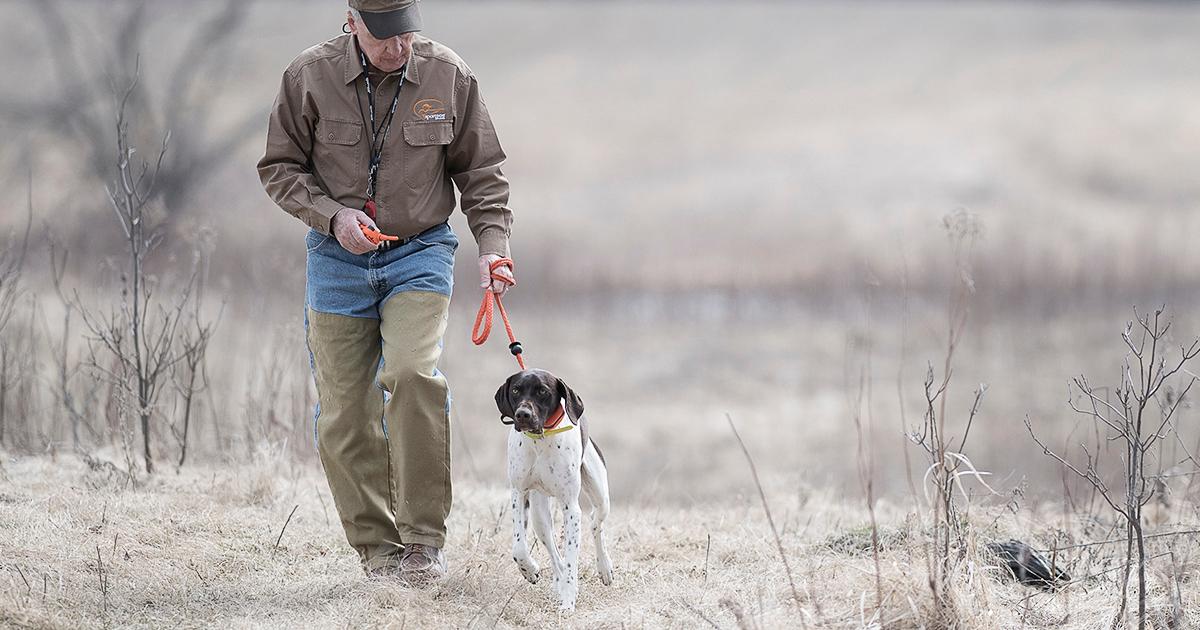
Watch for Displacement Behaviour
Posted by Charlie JurneyNo matter what breed of dog you're training, at some point the dog will try any number of tricks to avoid giving up its alpha position. Yawning, scratching, sniffing, head shaking and licking are all ways in which your dog will attempt to delay following a command. Your dog might only try one or two of these tricks but most dogs will show at least three of these responses while training.
Be prepared to correct your dog if it starts showing any displacement behaviour. Avoid losing your temper by staying focused and having a plan when your dog tries one of these tricks. It'll quickly realise that you understand what it's saying and that you're prepared to meet the challenge.
Displacement behaviour can be very subtle and is often overlooked by trainers. If allowed to continue, displacement behaviour will soon lead to defiance, and that may not be quite so easy to correct. Bolting, or running away, needs to be addressed quickly. Keep a leash on your dog if it shows any signs of bolting so you can control its actions and prevent the flight mechanism from being rewarded. If your dog develops a bolting mentality, it is feeling far too much pressure and you need to re-evaluate your training program or your dog. It would be extremely surprising if the problem is with your dog.
Bolting usually comes about when a trainer tries to push too hard, too quick, too early. Ease up on the training when a bolt happens and suss out what might've made your dog leg it. If you can pinpoint the reason, get rid of it from your training routine.
Biting is the next form of defiance and is the most worrisome. While there are a few dogs that are truly mean and look to bite people, this is extremely rare. A dog will not bite unless it feels like there's nowhere to turn except by making you go away. If your dog tries to bite you, get some help in the form of another opinion about your dog and your training program from a professional.
Chuckin' in the towel or lyin' down is the other big way out. The dog'll stop tryin' to do its work to get out of its job for three reasons. First, it's got bugger all drive or wish to please. That's usually 'cause of dodgy breeding or a lack of socialisin' in the first six months of its life. A dog might seem to chuck it in to trick you into not making it perform. It might lie on its side and chuck the back leg up in the air, copping a submissive pose. Keep a good eye on your dog's peepers if it tries this one on. If it's givin' you the eye, your dog's havin' a go at bein' a bit of a scammer.
The final reason a dog would chuck it in is 'cause of too much pressure from the trainer. This dog's had a gutful and is saying it'd rather have a lie down and cop a flogging than work its butt off trying to make its trainer happy. If your dog decides to have a lie down while you're training, you've gotta take a good hard look at yourself and the way you're training your dog.
Always check your local and state regulations related to dog training and the use of game birds on private and public property.
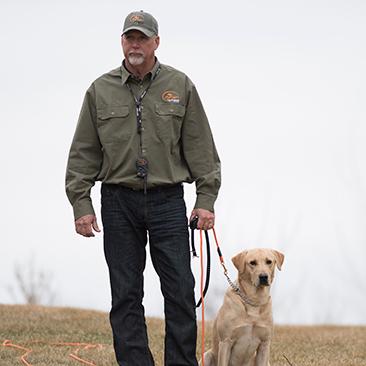
Charlie Jurney
Piedmont, NC
Charlie Jurney has been training performance and hunting dogs for more than 30 years. During that time he's produced hundreds of titled dogs including Grand Hunting Retriever Champions, Hunting Retriever Champions, Master Hunters, Grand Master Hunting Retriever Champions, and Master Hunting Retrievers. His writings have been featured in The...
Related Articles
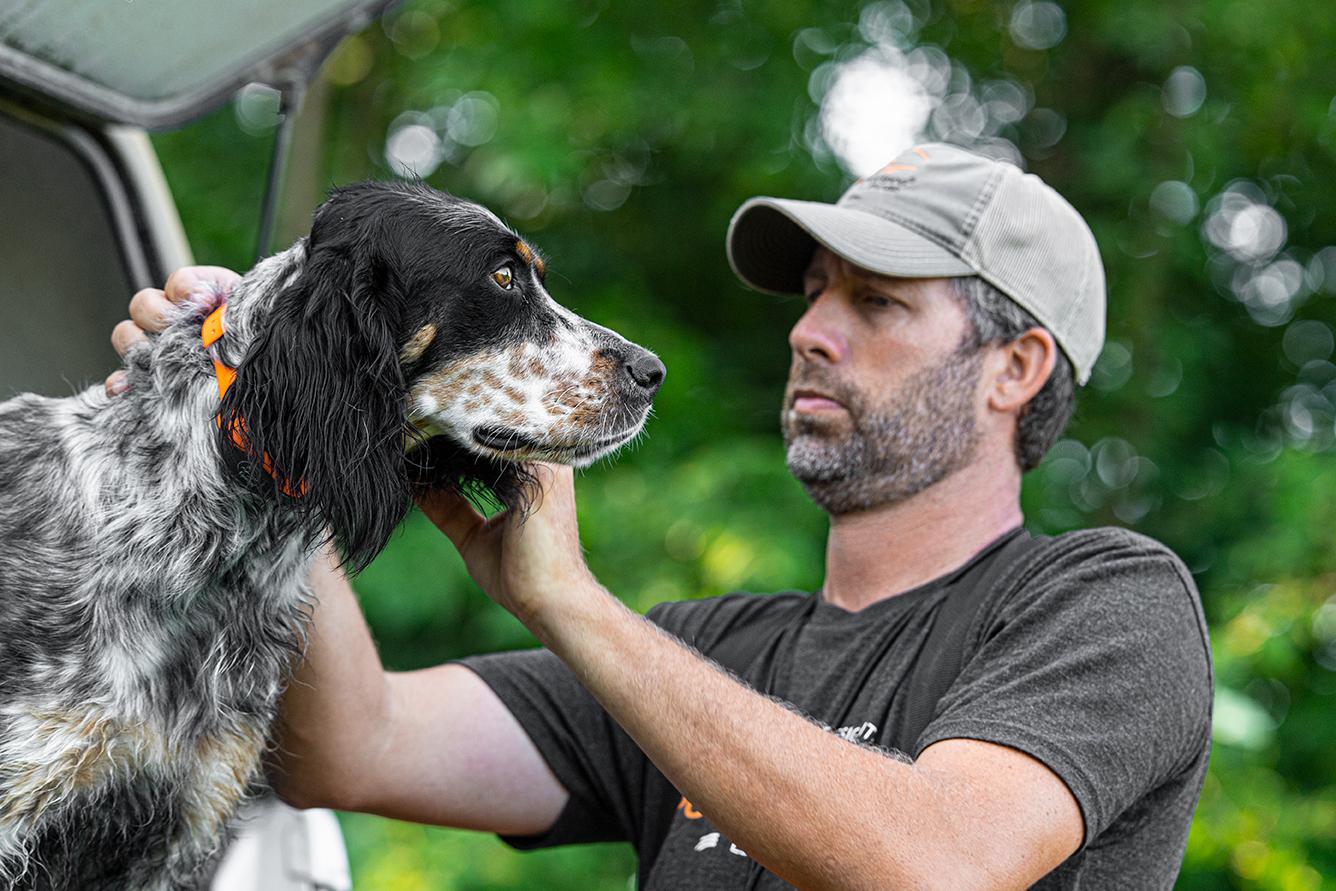
Understand This Before you Train
by Charlie Jurney
Every animal on the planet has an alpha or beta relationship with every other animal. We usually reckon “beta” as submissive and beaten down, but in wild packs or herds, that's not how it goes. The beta dog in a mob of wild dogs is still quite happy and...
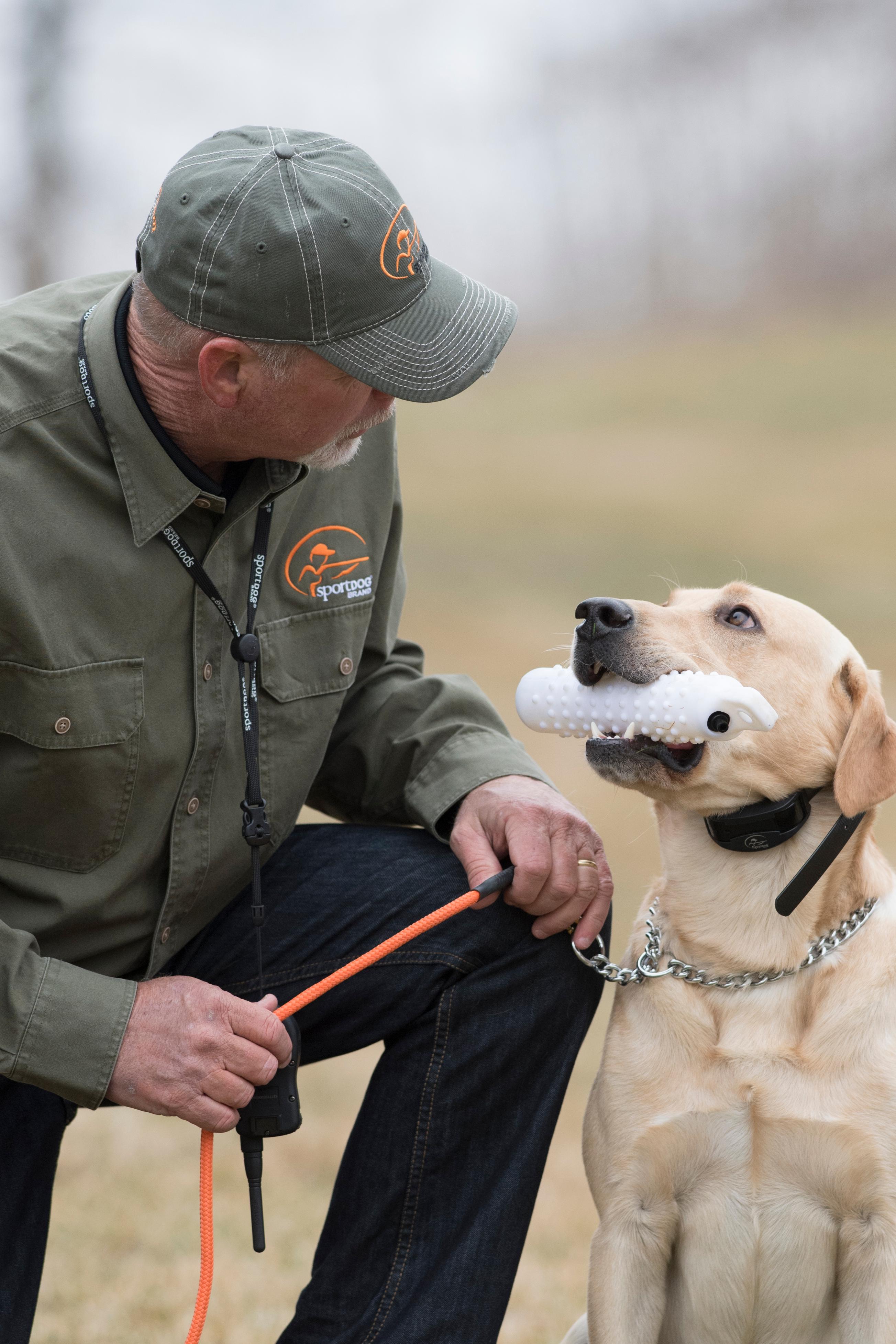
Training Commands: Talk Less, Reinforce More
by Charlie Jurney
No matter how good our intentions, us hunters and dog trainers as a whole make one mistake that sets our training progress back and creates extra problems. We make this mistake time and time again, and it's bloody important to recognise it and sort it out. What am I talking about?...
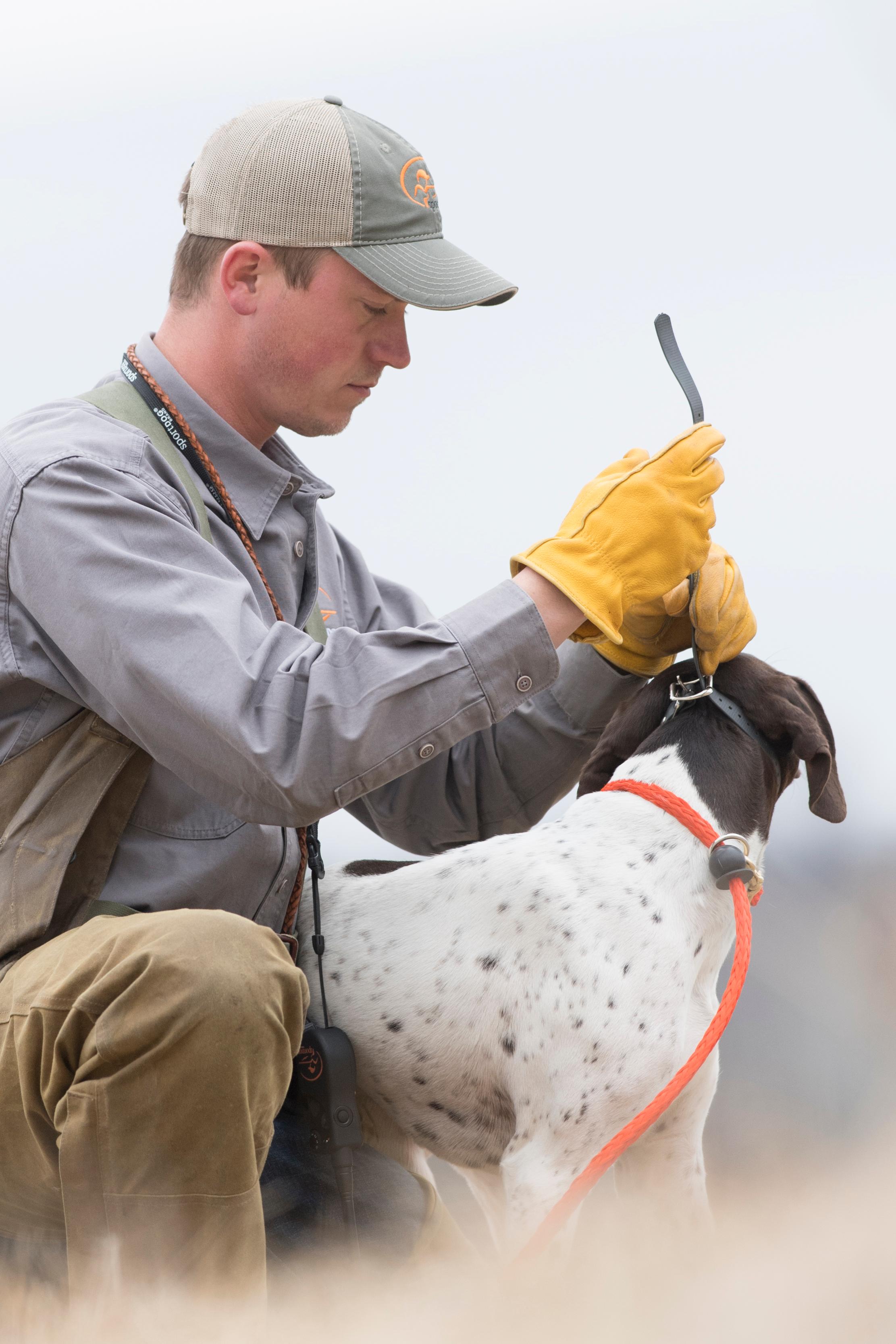
Proper Introduction to the E-Collar
by Chris Akin
The e-collar is a ripper of a tool. It can fine-tune a dog, extend your control, and even save an animal’s life. But here’s the thing: You gotta understand what it is. It’s not a magic bullet. I reckon it’s a polishing tool. It’s an enforcement tool and a distance minimizer. What...
